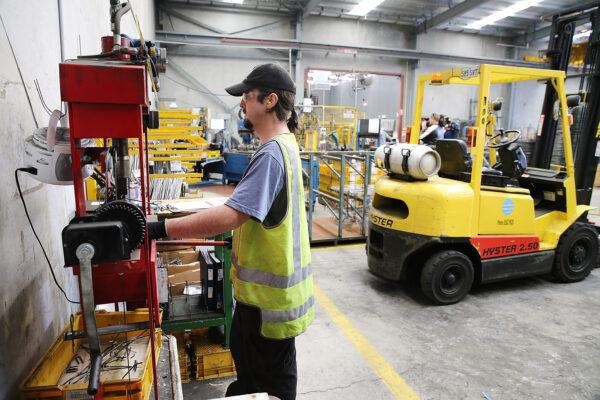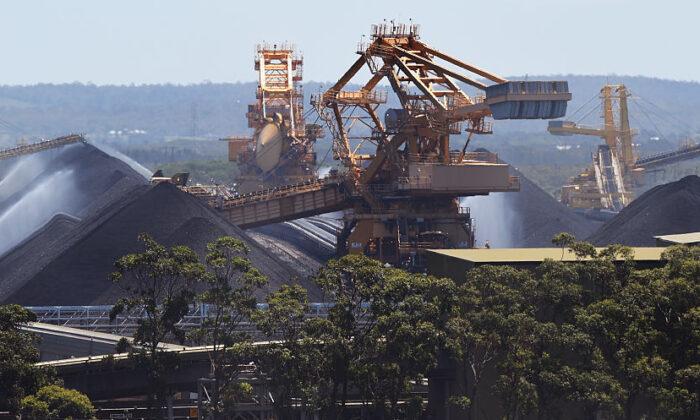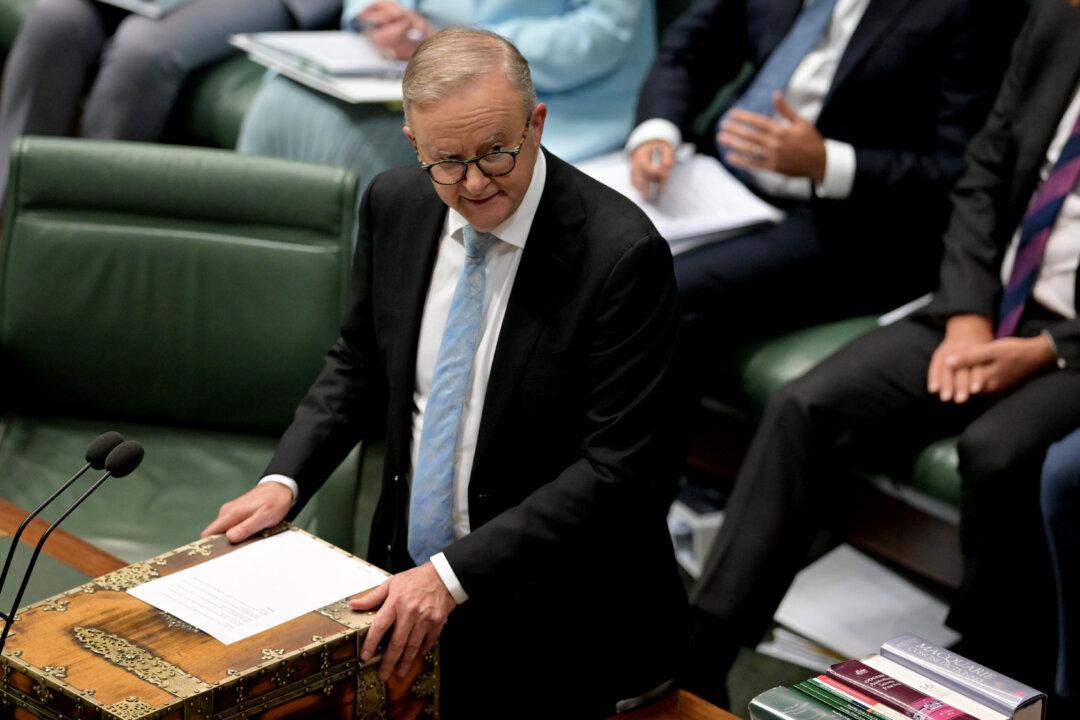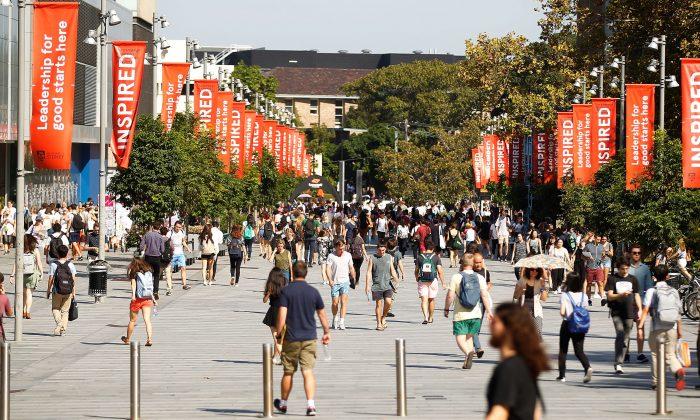The Productivity Commission has warned the Australian government to limit its industry assistance spending following the economy’s recovery to avoid negative impacts.
The above figure was separate from the JobKeeper subsidy program and a number of emergency relief measures implemented by the previous Morrison government, which were estimated to have a price tag of $92 billion.
In addition, around $2.4 billion, or 15 percent of the assistance spending in 2020-2021, was channelled to COVID-19 pandemic-related programs, providing significant benefits to the transport, construction, and arts and recreation sectors.
Likewise, the report found that the primary production and manufacturing sectors received the most significant amount of assistance in relation to the net value of their output.

Productivity Commission deputy Chair Alex Robson said as unemployment fell to its lowest level in almost 50 years and inflation was rising, the Albanese government needed to ensure the efficiency and effectiveness of its industry assistance program.
Australia Faces A Challenging Environment
Robson said while the government was progressively withdrawing the assistance, a reappearance of global protectionism and the push for businesses to transition to net-zero emissions were putting Australia into a challenging position.He also warned that despite being created to address market failures, industry assistance encouraged “rent-seeking behaviour,” which hindered innovation and productivity growth.
“The task now is to make sure every dollar of assistance is efficient, effective and remains absolutely necessary,” Robson said.
“This includes making sure we aren’t creating trade barriers through costly and obsolete tariffs.”
Meanwhile, the report indicated that the vast majority of assistance came in the forms of budgetary outlays and tax concessions rather than through tariffs.
Furthermore, while the government had reduced tariffs to support Australian businesses in the past five years, the COVID-19 pandemic caused tariffs to slide further with additional industry assistance.
In particular, the report found that Australia had largely removed “nuisance” tariffs of between zero and five percent.
However, local businesses still had to pay considerable compliance costs when importing goods, which, in turn, were passed along the supply chain to consumers.






Friends Read Free